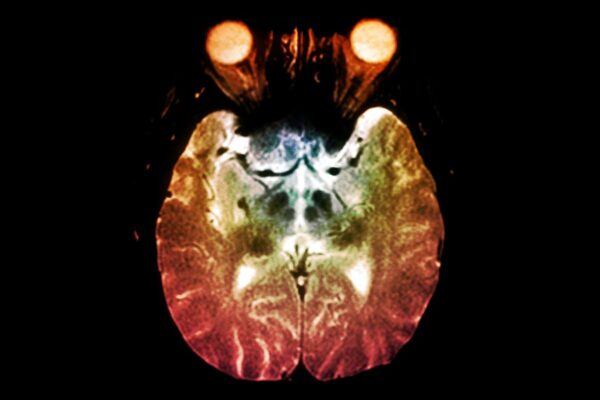
Using a machine learning to model dead zones in lakes
Aquatic ecosystems are complex environments that can be affected by many variables, including weather, the biological activities of the organisms living within them, and anthropogenic nutrient pollution. The influence these variables may have on aquatic ecosystems can also depend on the characteristics of the water body, such as temperature and depth. These interconnected processes can…














